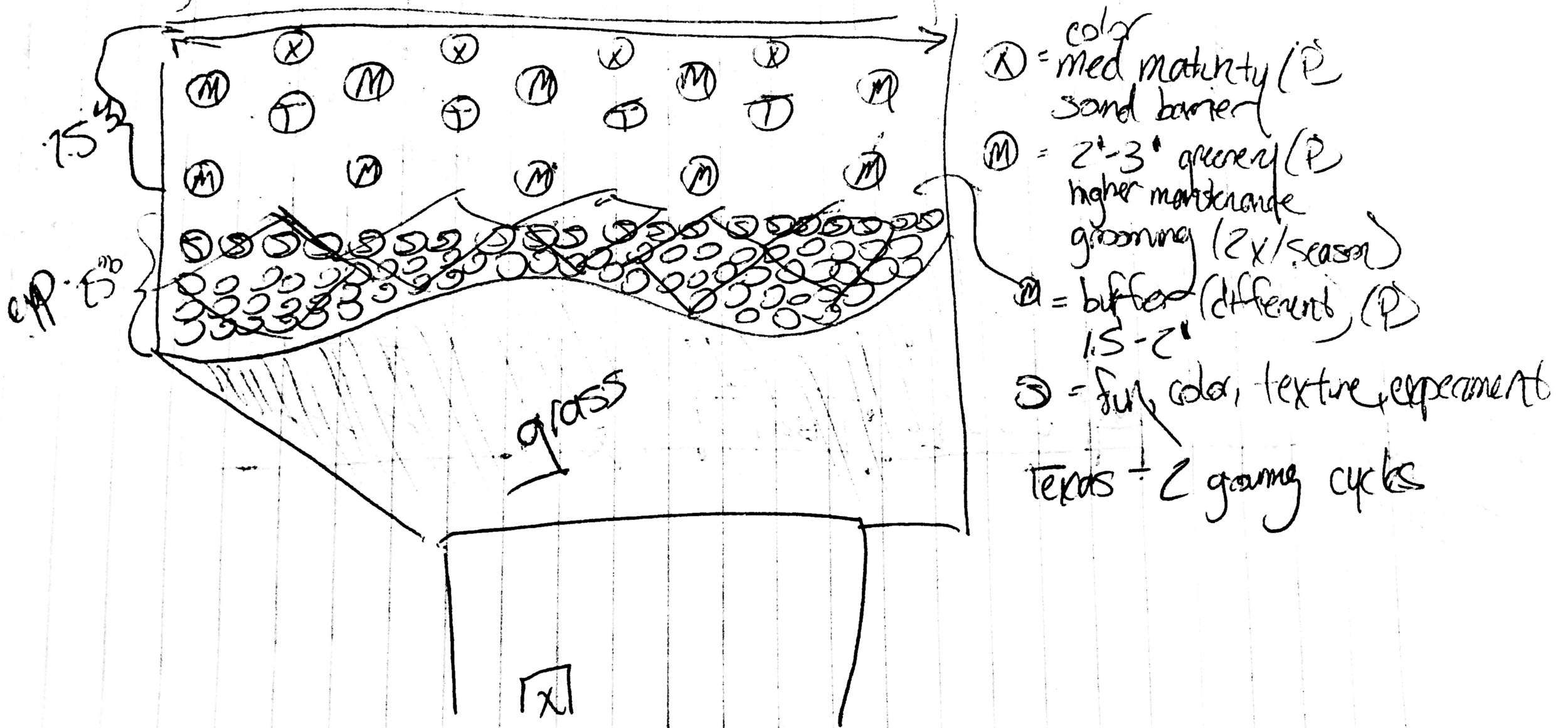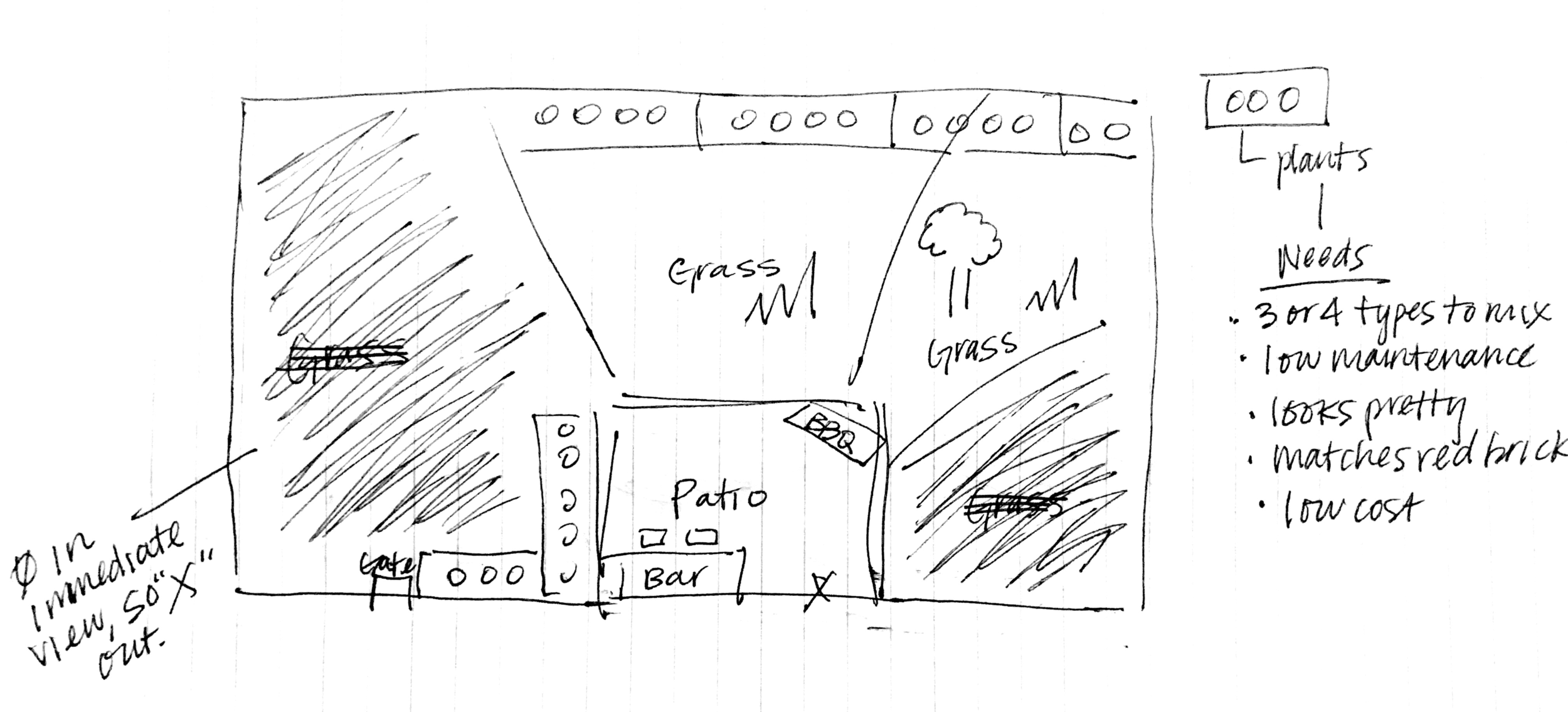PLANTAR
PLANTAR is a new app that can simplify users’ outdoor and landscaping design process through augmented reality (AR). The app allows users to sense their backyard space and choose from a list of plants and trees that work best in their region. As they browse through different plants, they can place them in their backyard via AR.
About the Project
PLANTAR wants to understand AR’s current capabilities and identify how users currently plan and design their backyard spaces. They want to use this research to further develop their AR backyard feature and solidify the interface for their app. In addition, they are asking for a new logo that encompasses their high-tech culture and nature-loving values.
My Role
This was an independent project I developed in September of 2018. I acted as the Project Manager, User Researcher, Graphic Designer, UX Designer and UI Designer.
Project Challenge
How do I create a captivating user experience using a disruptive technology (i.e. AR)?
My Design Process
Key Focus
Research & Ideate & Prototype & Test
Step 1: Research
This project had very specific research requirements:
Understand AR capabilities, and
Study how users plan, search and make purchases for their outdoor spaces.
To conduct the first part of my research, I studied the different ways AR is used in other industries.
Captivating experiences have been created with AR in areas such as shopping, interior design and gaming. I leveraged these existing products for inspiration to better understand how AR could be used to accomplish PLANTAR’s goals.
User Interviews
I conducted interviews with landscaping professionals and home owners to identify trends in how people organize their outdoor spaces. My questions were centered around the planning and shopping that goes into designing a backyard.
However, I wasn’t finding overlapping themes during these discussions. Improvising was key and I began to ask participants to draw their perfect backyard for me on a piece of paper.


These sketches helped me understand the spectrum of planning techniques individuals can have when designing their outdoor space. Although different, each of my participants had the same following needs:
Landscaping expertise and plant suggestions that would work best in their space
Ability to preview design ideas before purchasing products
STEP 2: Define
Project Goals & Features
From my research, I was able to define the design goals PLANTAR would need moving forward.
Create a one-stop shop for the planning and shopping that goes into designing a backyard
Utilize AR so users can see where plants should go and how they will look
Help users find accurate matches of plants that fit their specific needs (i.e. climate, maintenance, etc.)
With my design goals in place, I listed out the key features that would be necessary to accomplish them.
Account Sign Up & Login
Patio Questionnaire
AR Sensor Screen
Plant Search
Plant Profile
Save Design
Purchasing Cart
STEP 3: Ideate
Leveraging my research and design goals, I began to think about how users would be interacting with the app and what tasks they would need to complete. During this phase, I sketched a user flow, which provided the guidelines for my wireframes.
User flow
Wireframes
STEP 4: Visual Design
Brand Logo & Style Tile
With no brand currently in place, PLANTAR needed a logo and style tile that would introduce them into this new and exciting market. My inspiration for their logo stemmed from their high-tech culture and landscaping design goals. Words that came to mind included:
Modern
Earthy
Personable
High Tech
Natural
STEP 5: Prototype
Using the wireframes for guidance, I created a high fidelity iPad prototype for PLANTAR via InVision.
Phase 5: Test
A usability test plan was created to ensure thorough testing of the product. All testing was conducted in-person using the prototyping tool, InVision, over an iPad device.
Tasks users were asked to complete in their usability test included:
Creating an account and patio profile
Creating a new design and adding an Annalise Oak tree to it
Checking plant growth of the Annalise Oak tree in 5 years
Adding the suggested Pocomoke Crapemyrtle bush to your space
Adding 1 Pocomoke Crapemyrtle bush to your shopping cart and purchasing it
After completing my testing, user feedback was compiled into an affinity map (shown below).
Key feedback from my tests showed that:
Users felt the tasks were intuitive and easy to perform
Users thought the AR screen sensing was unclear
Some users wanted to test how the app works before signing up
Iteration
To improve the screen sensing feature, I modeled the prototype to show sensing “stages” - similar to how Apple senses a user’s fingerprint during iTouch set up. This would show users progress and make the feature’s actions much clearer.
When users had voiced wanting to test the app before signing up, I tried to ask them questions about why they felt that way. A majority of them shared that they simply wanted to learn how to use the tool before signing up for an account. I decided to consider this feedback in Phase 2 of my project.
Reflection & Next Steps
This project was challenging due to its heavy researching needs and short timeline.
Given that augmented reality (AR) is still considered an up-and-coming technology, researching its capabilities and how it is used in other industries was key to understanding how it could be used in PLANTAR’s app. In addition, my timeline to complete this project was 8 days. However, exercising time management in combination with a strict project plan helped me meet my deadlines.
Although PLANTAR was a hypothetical project, my next steps would be to present my prototype to management and incorporate any feedback. In Phase 2, I would work towards developing a feature that would allow users to test the apps features in a sample home and/or apartment outdoor space iterating on the feedback I received from my first prototype.


































